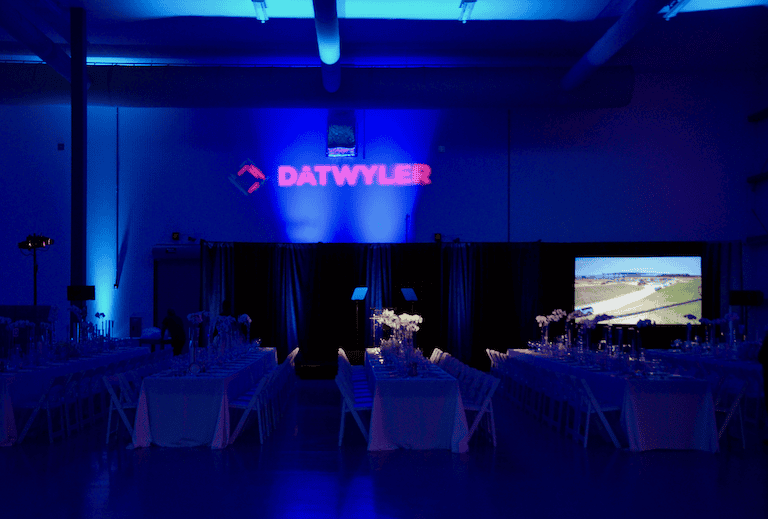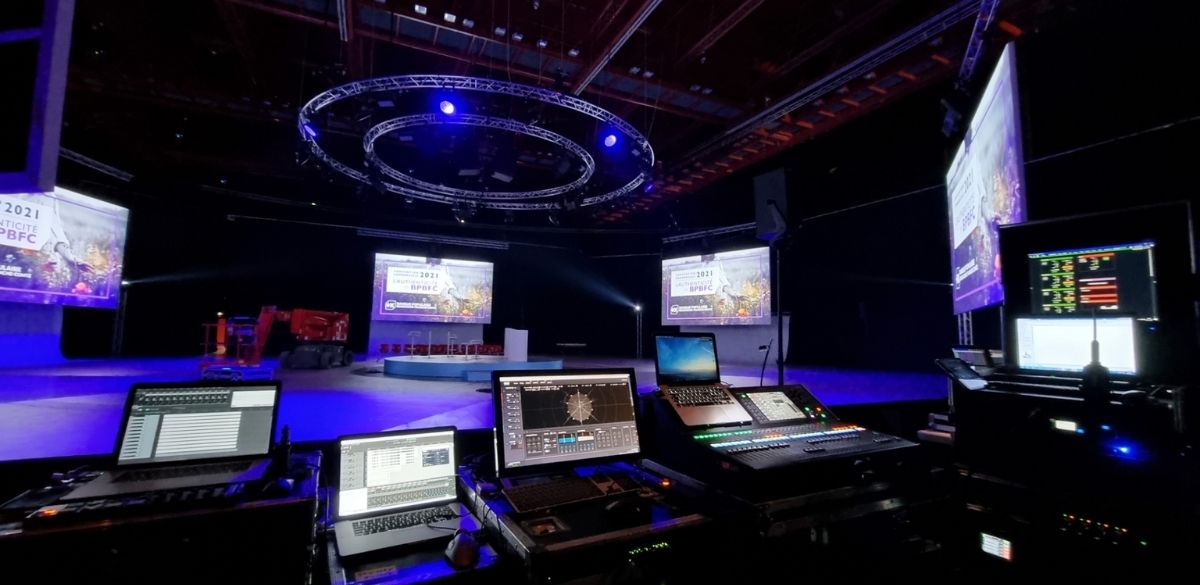Optimizing Interaction Using Live Event Audio Visual Production Strategies
Recognizing the Process of Live Event Sound Visual Production
The details of live occasion sound aesthetic production demand a blend of technical expertise and critical preparation. As we explore the essential elements that contribute to an effective occasion, it comes to be apparent that the foundation exists in both preparation and flexibility.
The Value of Preparation
Reliable planning is important for the success of any real-time occasion audio aesthetic production. A well-structured plan offers as the structure, leading every element of the occasion from fertilization to implementation.
Furthermore, precise organizing is vital. A detailed timeline that consists of deadlines for each stage of production aids to alleviate possible threats and makes certain that all elements are addressed in a timely fashion. Effective source allotment is vital; this consists of not just the human resources yet also the budget plan, location, and materials required for the occasion.
Ultimately, extensive preparation not only improves the quality of the audio aesthetic experience but likewise imparts self-confidence amongst the team and stakeholders, leading to a seamless and effective event. Without this structure, also the most ingenious ideas can fail, highlighting the undeniable significance of planning in real-time event sound aesthetic manufacturing.

Trick Equipment and Technology
A successful real-time event sound visual production counts greatly on the right tools and innovation to bring the vision to life. Essential elements consist of audio systems, aesthetic displays, lights, and control systems, each playing an essential duty in making certain a seamless experience.
Premium microphones record vocals and instruments properly, while mixers allow for real-time audio changes based on the event's dynamics. Visual screens, including projectors and LED screens, are essential for conveying information and enhancing target market involvement.
Illumination equipment is an additional critical aspect, as it sets the mood and highlights crucial moments during the event. Options vary from stage lights to intelligent lighting systems that can be configured for details results. Control systems integrate audio, visual, and lights aspects, ensuring cohesive operation throughout the manufacturing.
Buying reputable devices and comprehending the most current technical improvements can greatly enhance the top quality and influence of live event sound visual manufacturings, eventually contributing to a memorable target market experience. Live Event Audio Visual Production.
Functions and Responsibilities
Successful real-time occasion audio aesthetic manufacturing needs a well-defined framework of roles and responsibilities amongst group participants. Each role is important to ensure smooth procedures and achieve the preferred end result.
The audio engineer is liable for taking care of audio high quality, consisting of microphone positioning, audio mixing, and making certain that all audio aspects are synchronized with visual material. The lights developer develops an ambiance that enhances the occasion's state of mind, picking appropriate components and programs lighting cues to complement the efficiency or discussion.
A video service technician oversees all visual elements, including camera operation, video switching, and projection monitoring. They function carefully with the director, who works with the total production, making real-time choices to make certain that the occasion moves effortlessly.
Additionally, a phase manager is important for managing on-site logistics, ensuring that all employee are informed of cues and timing. Manufacturers deal with budgeting and organizing, ensuring that all elements of the event align with the customer's vision. Technological assistance staff supply vital support in fixing any kind of devices more tips here problems that may develop. This collective framework makes it possible for a successful audio visual production, straightening each member's experience towards an unified objective.
Execution and Live Production
Performing a real-time occasion calls for thorough preparation and real-time flexibility to ensure all elements collaborated seamlessly. The execution stage is where the groundwork laid during pre-production is used. Key to this procedure is the control of different technological teams, including audio engineers, lighting professionals, and video clip production teams. Each group has to be aligned with the event's vision while keeping clear communication to deal with any unanticipated difficulties that develop throughout the event.

The production group should stay cautious, adjusting to audience reactions and comments. Eventually, successful implementation finishes in a natural online occasion that mesmerizes the audience additional hints and meets the customer's goals.
Post-Event Assessment and Responses
Complying with the final thought of a real-time occasion, carrying out a comprehensive post-event analysis is necessary for determining toughness and areas for renovation. This assessment procedure should include event feedback from various stakeholders, including participants, event staff, and customers (Live Event Audio Visual Production). By making use of surveys, meetings, and casual discussions, organizers can obtain important insights into the general experience and effectiveness of the audiovisual production
Examining technological facets such as audio high quality, aesthetic clarity, and devices reliability is essential. In addition, assessing the control between the production group and various other departments aids to pinpoint logistical challenges and successes. Recognizing any problems come across throughout the occasion makes it possible for teams to create methods for minimizing similar troubles in future productions.
In addition, compiling and assessing comments assists in the recognition of standout elements, such as appealing presentations or smooth transitions, which can be highlighted in future occasions. The post-event assessment not only gives a roadmap for enhancement but additionally fosters a culture of constant understanding within the group. Ultimately, this reflective technique enhances the top quality of future online occasions, ensuring that they surpass or satisfy audience assumptions and supply an unforgettable experience.
Conclusion
In final thought, efficient live event audio visual manufacturing requires detailed planning, experienced sychronisation amongst diverse functions, and the combination of innovative modern technology. Each part, from tools selection to group cooperation, plays a vital duty in providing an effective event. Furthermore, taking part in post-event analyses enables constant improvement, making certain that future productions benefit from insights gotten. Eventually, a well-executed sound aesthetic strategy significantly enhances audience engagement and adds to the general success websites of live occasions.
The details of online occasion sound visual production demand a mix of technical proficiency and calculated planning.Effective planning is essential for the success of any type of live occasion sound visual production. Without this structure, also the most cutting-edge concepts can falter, emphasizing the indisputable importance of planning in online event sound visual manufacturing.
Each team has to be lined up with the event's vision while keeping clear communication to resolve any unanticipated obstacles that emerge throughout the occasion.
In verdict, efficient live occasion audio visual production requires thorough preparation, experienced control among varied duties, and the assimilation of sophisticated innovation.